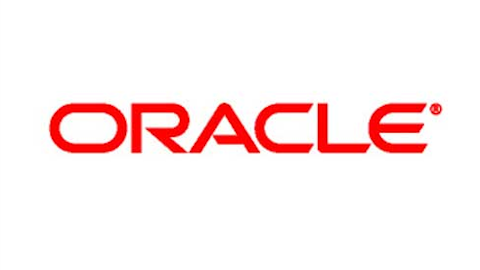There are two ways of looking at developments on the macro-economic front.
The first is to take a top down approach and analyze as much economic data as you can get your hands on. The second is to build up a macro view by aggregating knowledge from looking at a large number of micro sources such as company earnings.
In this article I want to do the latter and look at what a few companies have been saying about current conditions in China. The issue is highly significant because the global economy is reliant on China to generate growth this year.
Government changing or is it a deeper issue?

The big fear with China’s real estate market is that it is being inflated by liquidity being pumped into the economy (partly from its foreign currency reserves) which has few other mature investment vehicles with which to attract investors. This puts the government in a difficult situation. Should it buy growth at the expense of inflating a property bubble or stand and watch as the economy possibly gets weaker?
What the companies are saying
The most interesting thing about Oracle Corporation (NASDAQ:ORCL)’s recent results was the diversity in its geographic results. Its Americas results were pretty much in line with expectations while EMEA was actually slightly above its expectations’. Oracle came in with new license growth at 4% and 5% respectively in these regions.
The big surprise geographically speaking was that the Asia region was down 7% in terms of new licenses. China was cited as being weaker and, interestingly, Australia was particularly weak too. Moreover Brazil was stated as having pulled down growth in the Americas. These two countries are significant because they are commodity-heavy economies which rely on exports to China in order to grow. Since Oracle Corporation (NASDAQ:ORCL) spoke to continuing ‘to see pressure in China’, I think it is more than a short term issue. The good news from Oracle’s perspective is that China is not a huge part of its current sales.
Turning away from technology, I thought industrial filtration company Pall Corporation (NYSE:PLL) had some interesting things to say in its recent results. I have looked at them in more depth here. Again, its big weakness in the quarter was from-you guessed it-China. It described many of the markets that it had historically sold into as being ‘down year-over-year’. Indeed its Asian sales were down 11% with China being particularly weak.
Pall Corporation (NYSE:PLL)’s challenges relate perfectly to the changing nature of growth in the regime. The Chinese stimulus packages will not be about pumping money into heavy industrial and infrastructural projects designed to develop its export laden manufacturing facilities and more about stimulating internal demand. Ultimately this means disruption to companies like Pall who got used to selling to the exporters.
On a broader perspective I think FedEx Corporation (NYSE:FDX) gave some fascinating color on the changes in the global economy. Just a few years ago it used to generate the bulk of its profits from its express services but now the big income generator is its ground services.
Going back to 2997, its express services generated nearly 61% of operating income but that fell to around 22% in the last year. Meanwhile its ground services contributed 25% of income in 2007 but it has now risen to 70% now. This perfectly represents the changes in the global economy whereby slow growth has led customers to shift to lower priced (and slower) ground services in the face of a world with $100 oil prices.
In addition, management never fails to point out that global trade growth has been lower than global growth over the last few years. This reflects the structural changes in consumer demand from the Western consumer world which ultimately will lead to slower export growth in China.



